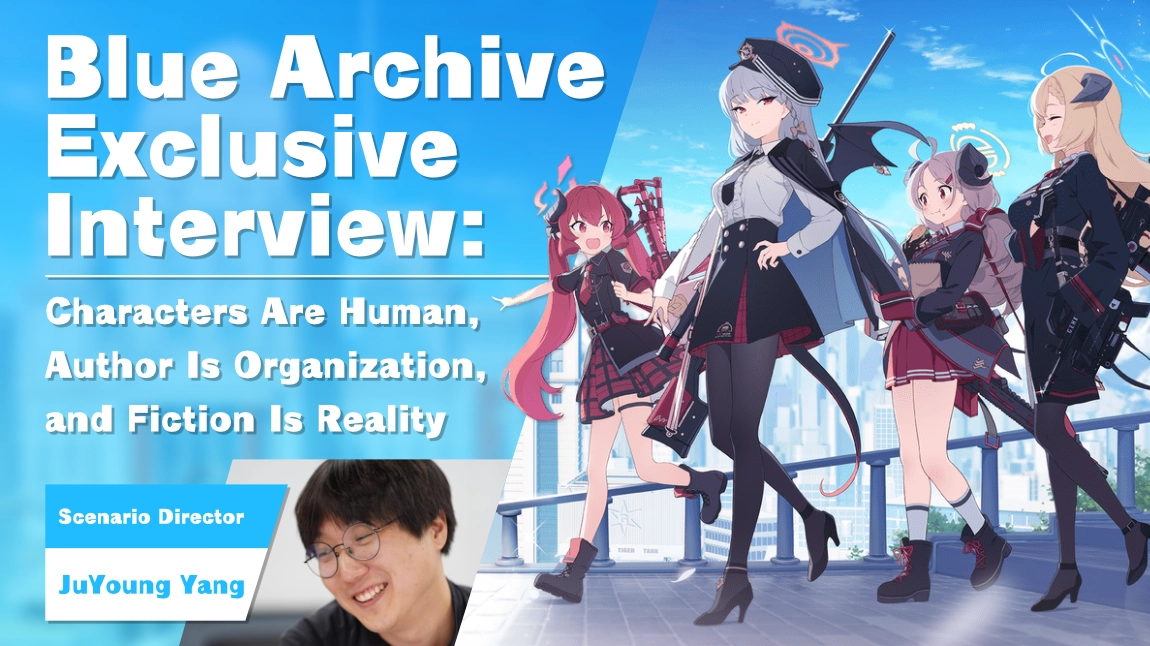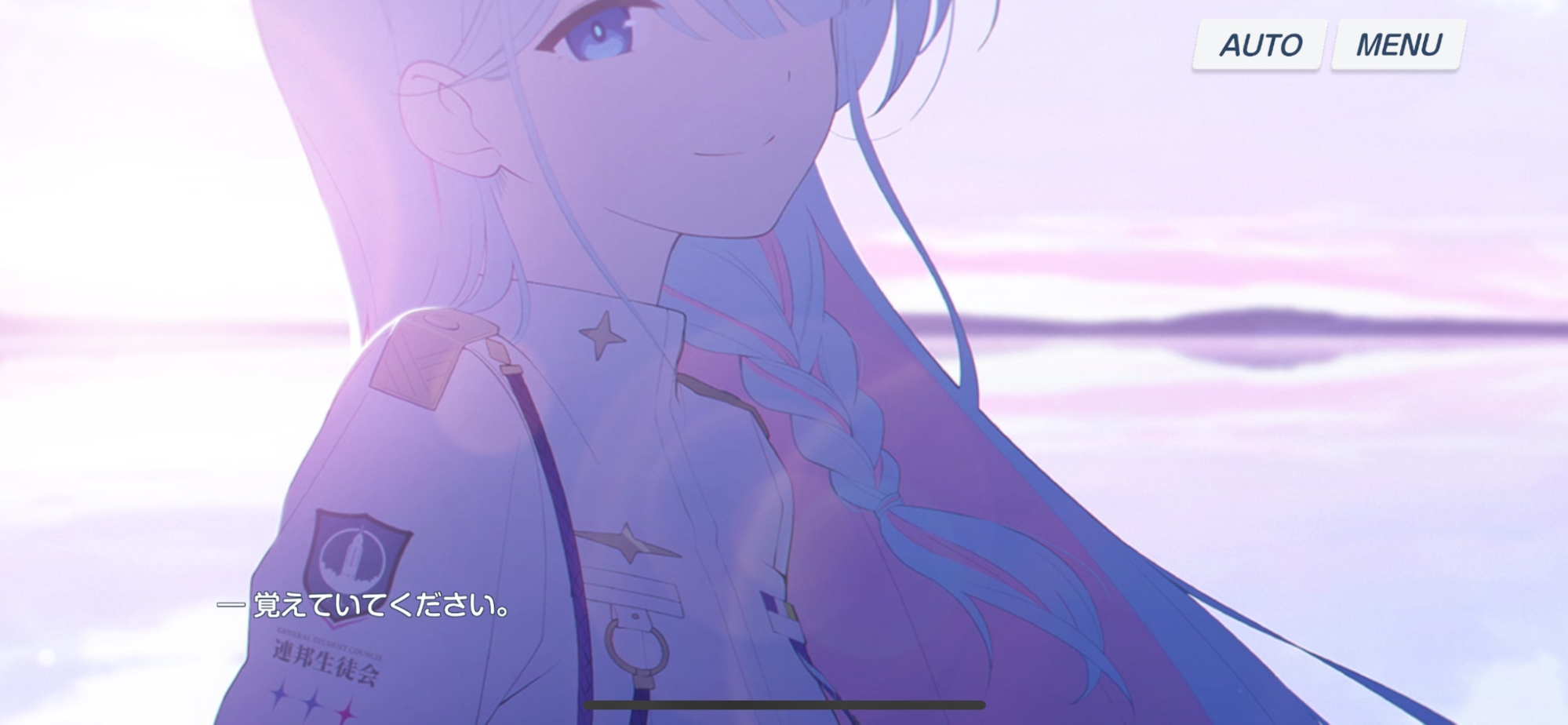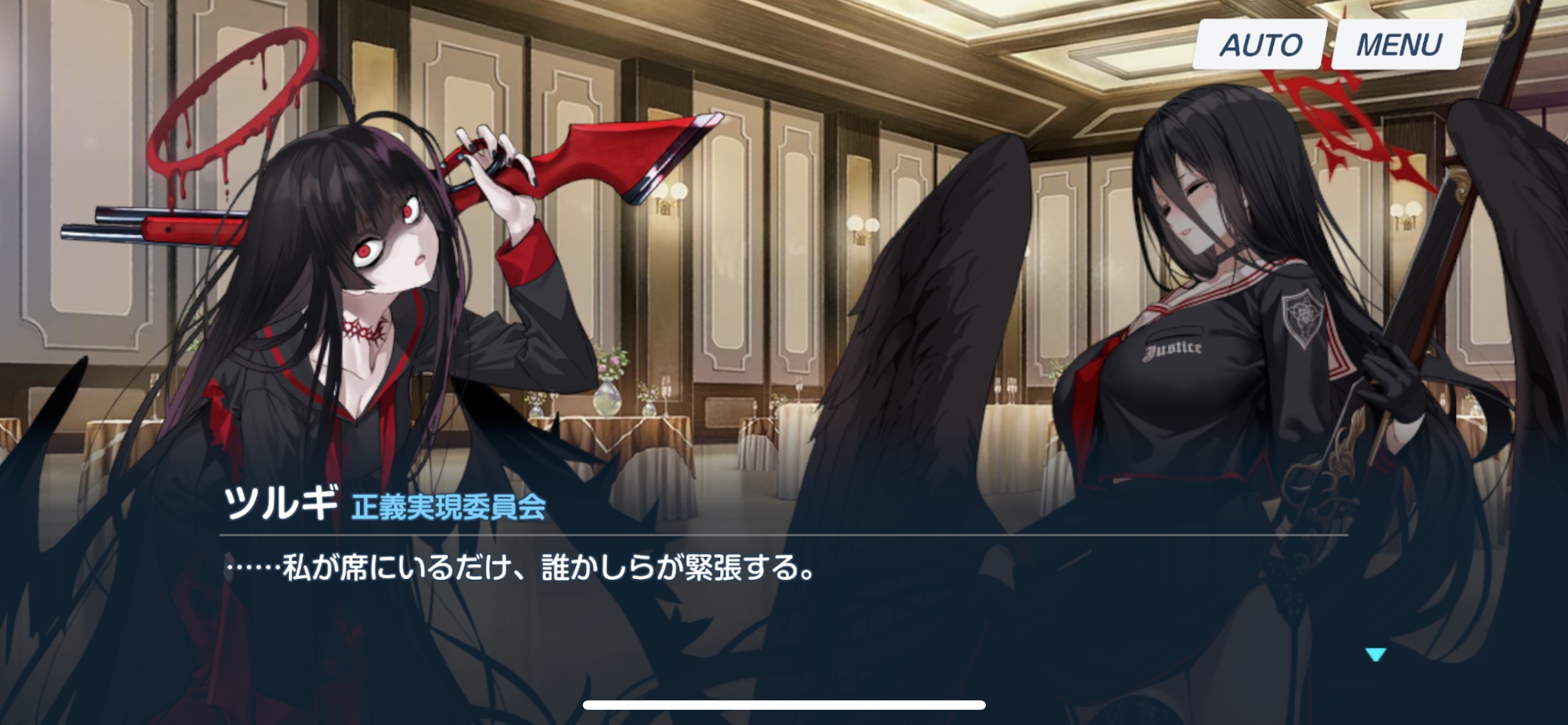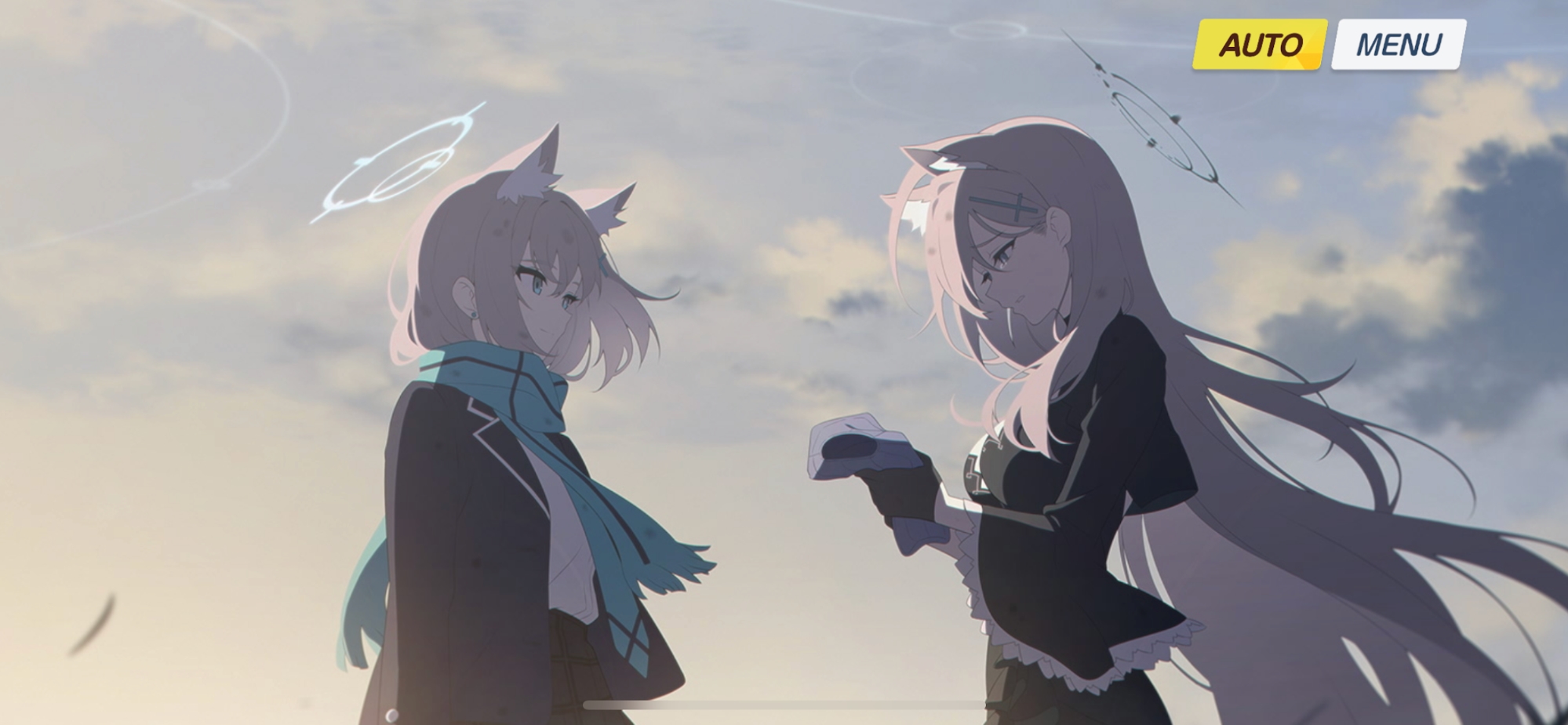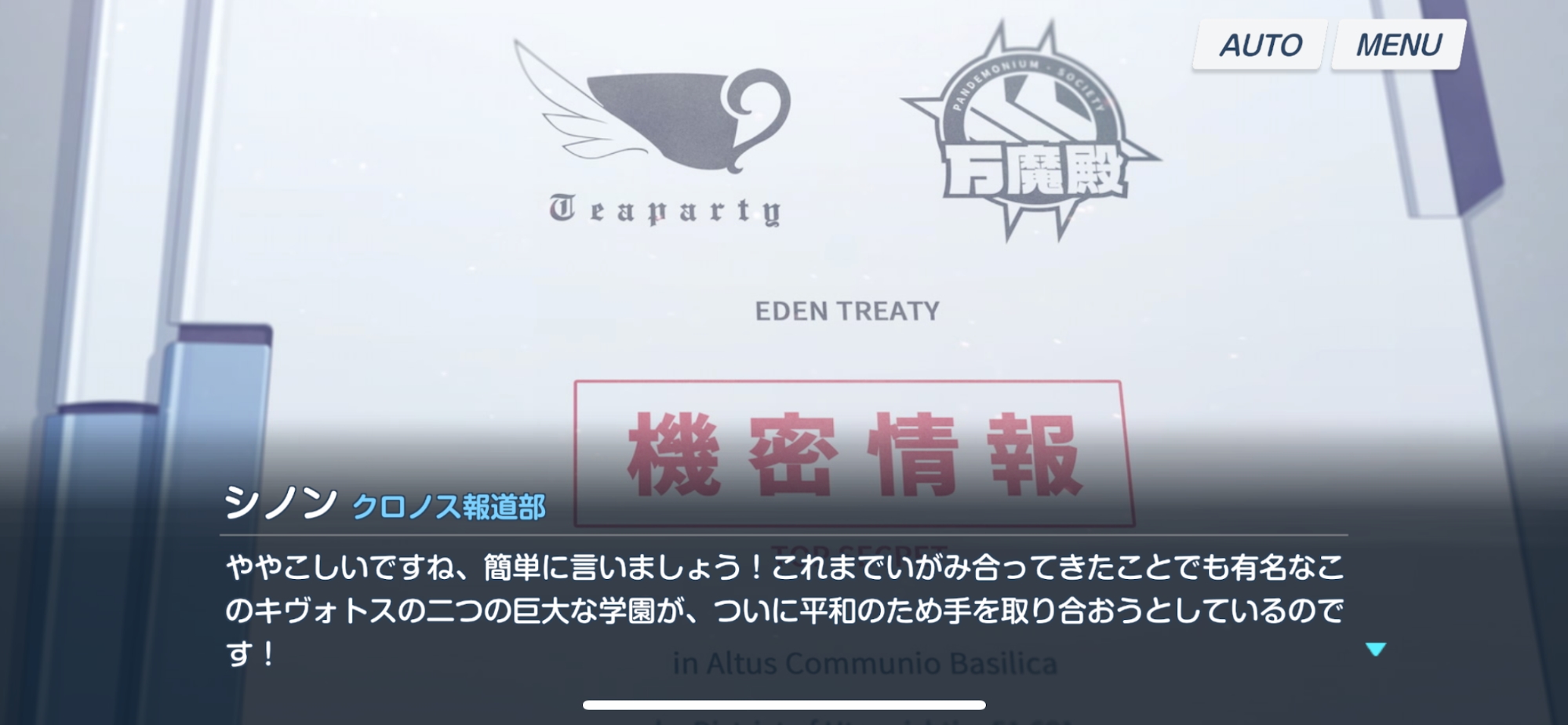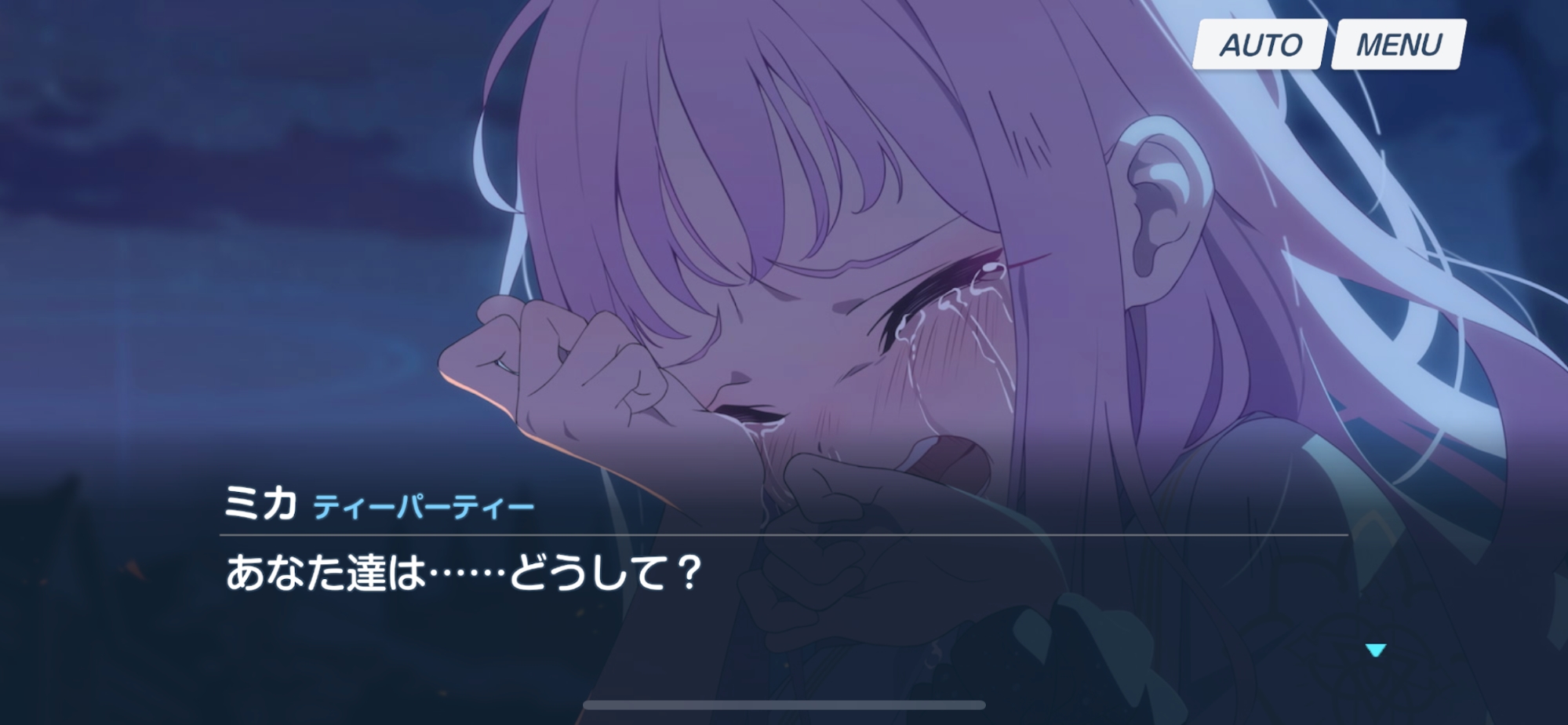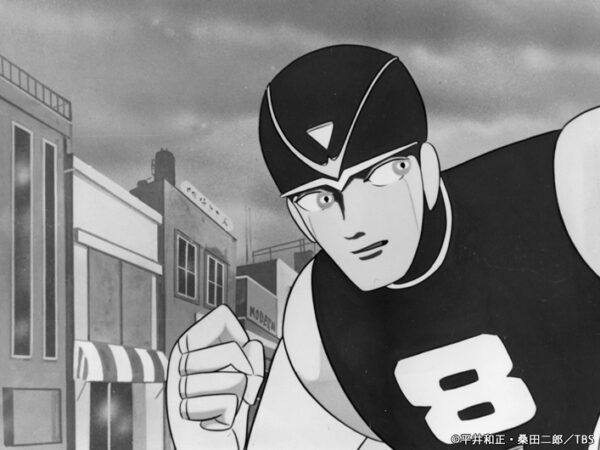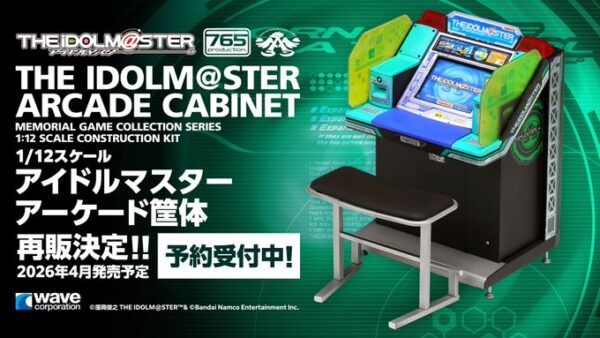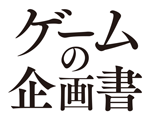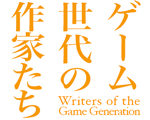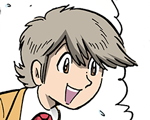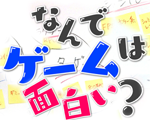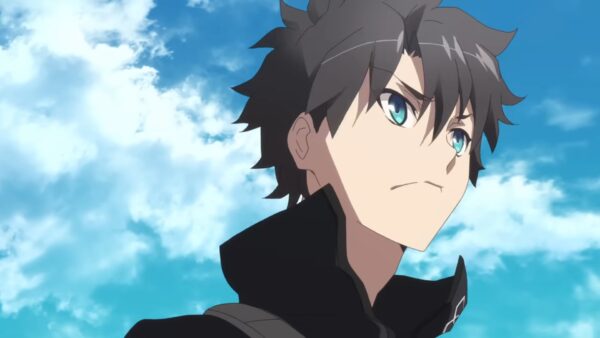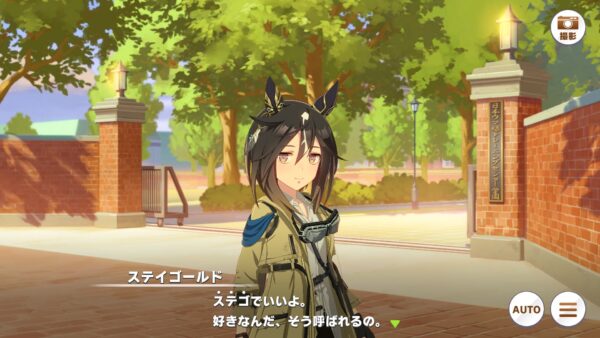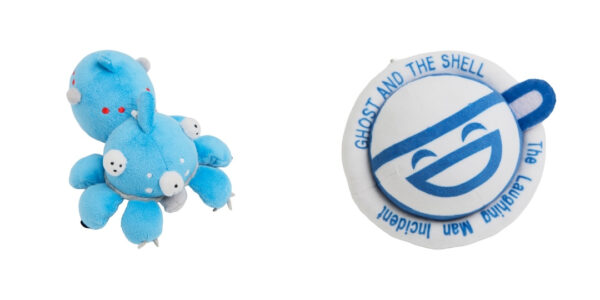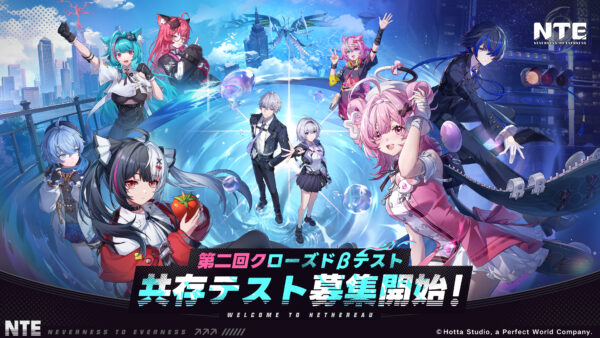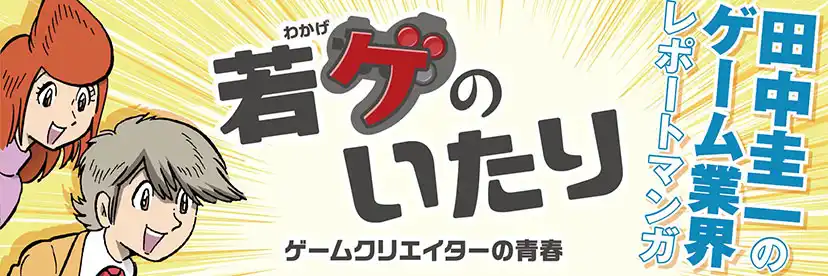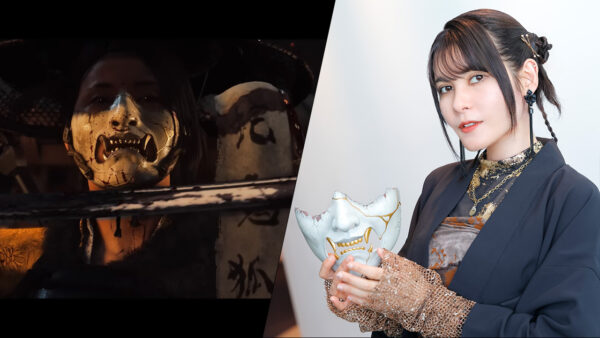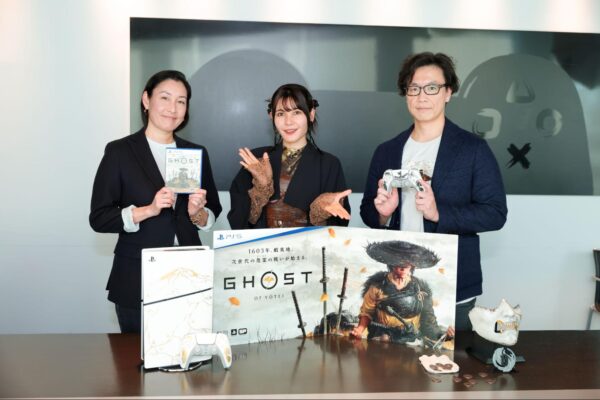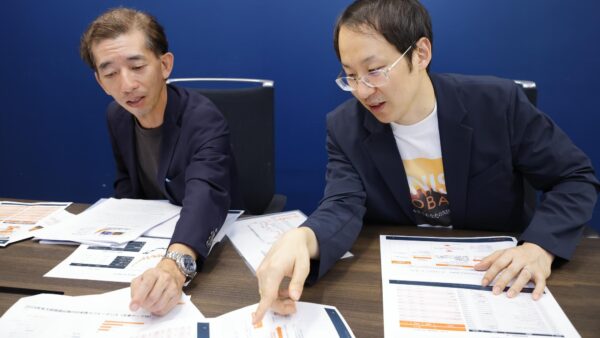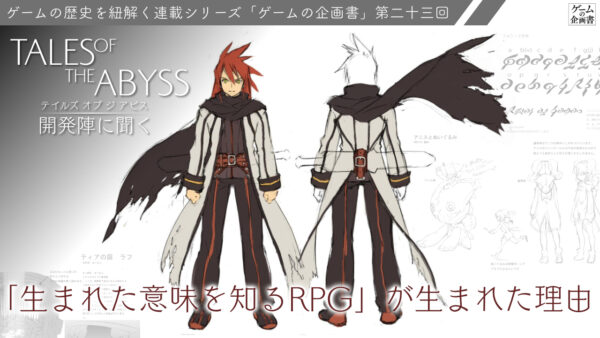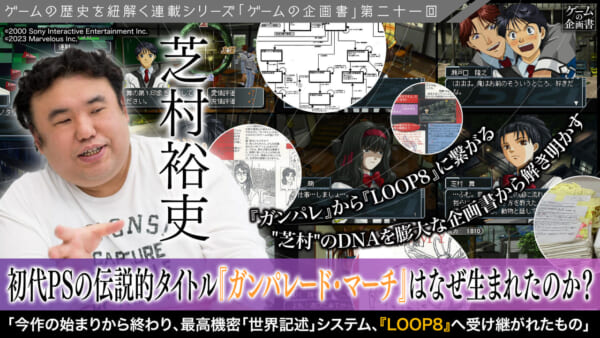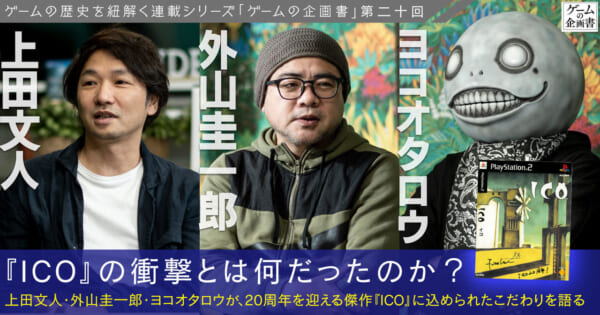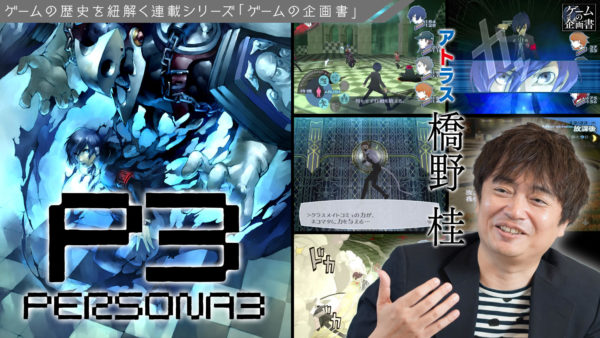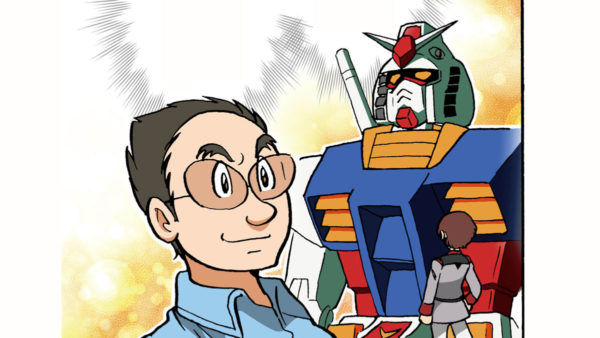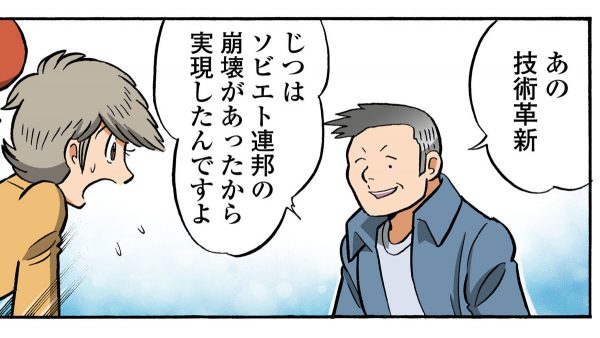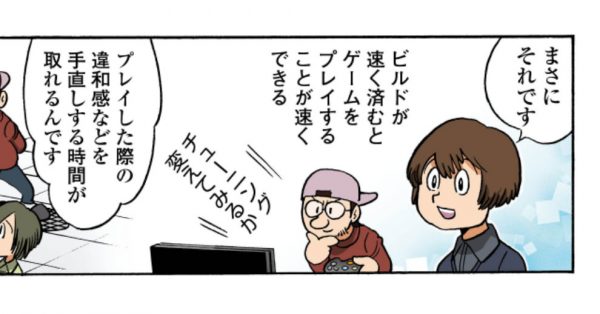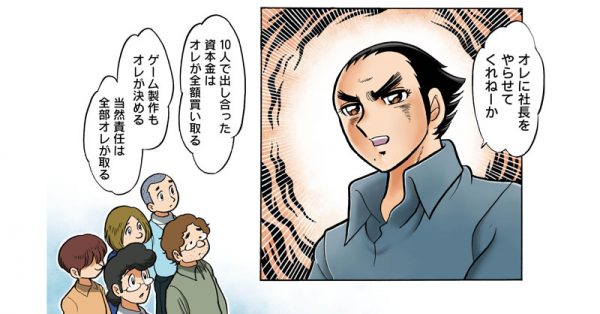The Teamwork Behind Blue Archive
—The text box-based conversations are enhanced by artwork such as stills and character portraits. Who is responsible for creating the compelling story experience of Blue Archive, and in what order?
Yang:
In general, we start with making the scenario that will be the foundation. First, I share with the teams a rough plot for the story I want to make, then I request the necessary resources from each team. Occasionally, however, art director In Kim will suggest that a particular scene needs more art added. Especially in Volume Final, the art director added a lot of things after reading the text. He always helps me out so much, and I’m incredibly grateful.
—What about the character design production process? Blue Archive features characters with a wide variety of designs. I’d love to know how you communicate with the design team to create such intricate designs.
Yang:
The way characters are made is completely different for each character, so there isn’t one set process for character design. Our team is basically a collection of nerds from each field… In other words, nerds who draw, nerds who write, and nerds of all kinds, and we all have heated debates.
Sometimes the illustrator will first design a character and then ask for input on what concept that character needs, and sometimes I will decide on a concept first and communicate what design is needed for the illustration.
For example, the characters in Problem Solver 68 were first designed by DoReMi, and afterward I decided on the character details. That’s how I often work with DoReMi.
Sometimes characters are created based on the need for allies or enemies in the plot. That’s how I create characters with Mx2J. Black Suit was created when I made a request based on the needs of the plot. The same goes for Neru and Tsurugi.
Sometimes the whole foundation of the plot can change depending on the submitted character design. This was the case with certain characters when the designer submitted some really appealing character designs, and I was so mesmerized that I changed the plot because I wanted to make this a story that featured these characters. This then inspired the 3D animator to try making the characters move, and the person in charge of combat then said they’d create a combat scene that suited the characters. There were times when this kind of relay of enthusiasm arose spontaneously.
It is impossible to pinpoint the origin of a character’s charm. Even if you were to ask who was responsible for making a certain character so charming, it would be impossible to pinpoint because there were too many staff members involved. Their charm itself is sometimes created intentionally, and sometimes it is the product of pure chance.
Ultimately, the most important thing for creating good content is not your methodology, but the kind of people who come together to create it. This applies to all content and all products. Creation can be made more efficient by systematizing it, but quality cannot be reduced to a system.
If I had to say, I think it’s because our team respects each other’s areas of expertise that we’re able to create such fascinating characters. Again, I feel like I’m really blessed with such a wonderful staff.
—One more appeal of the game is its background music. How did you create this?
Yang:
First, Executive PD YongHa Kim decided on the general genre of the background music, which was kawaii bass or kawaii future base. After that, I worked out the details with music director Mitsukiyo. Mitsukiyo’s position is to compose music himself and also commission other composers.
I place great importance on the role of background music in a scenario. This is because background music evokes emotions in a story. For example, the title music in Eden Treaty and the arranged version of “Aoharu” in Volume Final are music created in a way that I intended to be used continuously. Another example is “Welcome School,” which plays when Shiroko and Shiroko Terror hand over their masks.
The song that left the biggest impression on me was “Memories of Kindness” in Volume Final. I wanted to create ending credits that players would never skip, so I played the song and credits at an unexpected time. I believe this allowed us to show the player the complete story.
—Speaking of background music, “Unwelcome School” is interesting because it plays as an introductory song for Aru when she first appears. What was your intention in creating that song?
Yang:
“Unwelcome School” was first made as a background song necessary for a comedic scene. However, it was so fitting for the character that it became the background song for Aru herself.
—I see. From what I’ve heard so far, it seems that Blue Archive is created through close communication and collaboration between each department.
Yang:
That’s right. Lastly, let me talk about my role. The biggest contribution I can make as a scenario writer is to present a vision. In other words, a vision for future scenario development… How the current story will develop and how it will end. By presenting this vision, I can share the future of the IP with our staff and fans. This is my role.
Depending on the part, I may write the text myself. However, as a scenario director, I also have to attend various meetings and coordinate with the staff. This means that the amount of text I write decreases. In the past, I used to try to increase my production volume even if it meant working on my days off, but pushing myself too hard just made me more exhausted, and then I would be unable to write properly on weekdays. It defeated the purpose. So instead of directly creating the work, I started to present a vision for the team and be indirectly involved with the game as much as possible.
Since it is a GaaS game, we have to come to terms with our circumstances and the limits of our production volume. Even if we know that we need to update the main story to keep users interested, it’s impossible if we can’t find the time to do so. We see how close can we get to achieving our ideal while taking that reality into account, which is also part of creating games.
Eden Treaty Was Remade?!
—Well, allow me to get straight to the point and ask about the Blue Archive scenarios. Blue Archive is so full of great scenes and stories that we don’t have enough time to go over them all one by one, though, so let me start by asking about one core point.
First, Eden Treaty is really what solidified Blue Archive’s popularity. When was this Eden Treaty conceptualized?
Yang:
The plan itself for Eden Treaty existed before the game’s service started. However, it was completely different from what current users see. We first attempted to depict Trinity and Gehenna in roughly equal amounts. Then the two forces collide and Arius emerges. Also, the Gourmet Research Society played a more important role than it does now.
However, once service began and everything moved forward, we realized this would be impossible no matter how we looked at it. The amount of labor required would be colossal, and our company resources would not be enough to handle it. That’s why we decided to do a complete overhaul and place Trinity at the center of the story. All of our resources were being used at the time, making it difficult to remake everything, but thankfully we did, and it resulted in a compact and vibrant story. In the end, I think I can say that I was able to achieve all the stories I wanted to tell with the game in its current form.
—Eden Treaty is divided into four chapters, with Chapters 1 through 3 depicting the story of Hifumi and friends’ Make-Up Work Club and coming to a conclusion. In Chapter 4, however, opposing characters Saori and Mika take central roles as the story develops. This switchover touched a lot of fans. What spurred you to add in Chapter 4?
Yang:
Initially, we planned to put the story of Mika’s rescue at the beginning of Volume Final. But as we were making the scenario, we started to feel that such a serious story wasn’t suited for the beginning of Volume Final. Volume Final should focus purely on Shiroko Terror and Phrenapatēs, and its beginning starting with a light mood is what builds the climax. There was no room to insert Mika’s story there.
At first, we planned an Arius battle. It was a battle to conquer the Arius Autonomous Region within the context of Beatrice fighting against SCHALE. However, we drastically sifted through things and focused on Mika and Saori’s story.
—One of the characters that made a lasting impression was Misono Mika. She was hostile, yet something triggers her to regret how she lives her life, and she then achieves her goal of praying for someone. What did you keep in mind as you planned her personality and growth?
Yang:
[We kept in mind] Mika’s most striking characteristic–that is, how she is unaware of how to face what she wants, or perhaps her refusal to, as she heads towards her own ruin.
This actually differs from the usual method of character creation.
All antagonists must conflict with the protagonists. That’s why their aims, intentions, and ideologies must be presented so that the player can clearly understand them. Otherwise, the player loses sight of the purpose and meaning of the conflict.
However, I created a multilayer structure through things like adding Nagisa as a sub-antagonist and kept the motives behind Mika’s behavior a mystery throughout the scenario. This allowed us to show Mika as more complex on the inside than she appears.
As for “Kyrie,” it was a song I had liked from before and that we brought in after mulling over how Mika could be saved after Chapter 3.
As an atheist, I believe that both asking for mercy and forgiving sin should be human actions. Humans should be the ones to save other humans. At the same time, however, the moment we forgive and save someone, we can come in contact with the sacredness that potentially exists within us.
In the end, I believe we would be better entities if we could abandon the notion of “fair suffering.” This is the hope I incorporated when creating this scenario.
